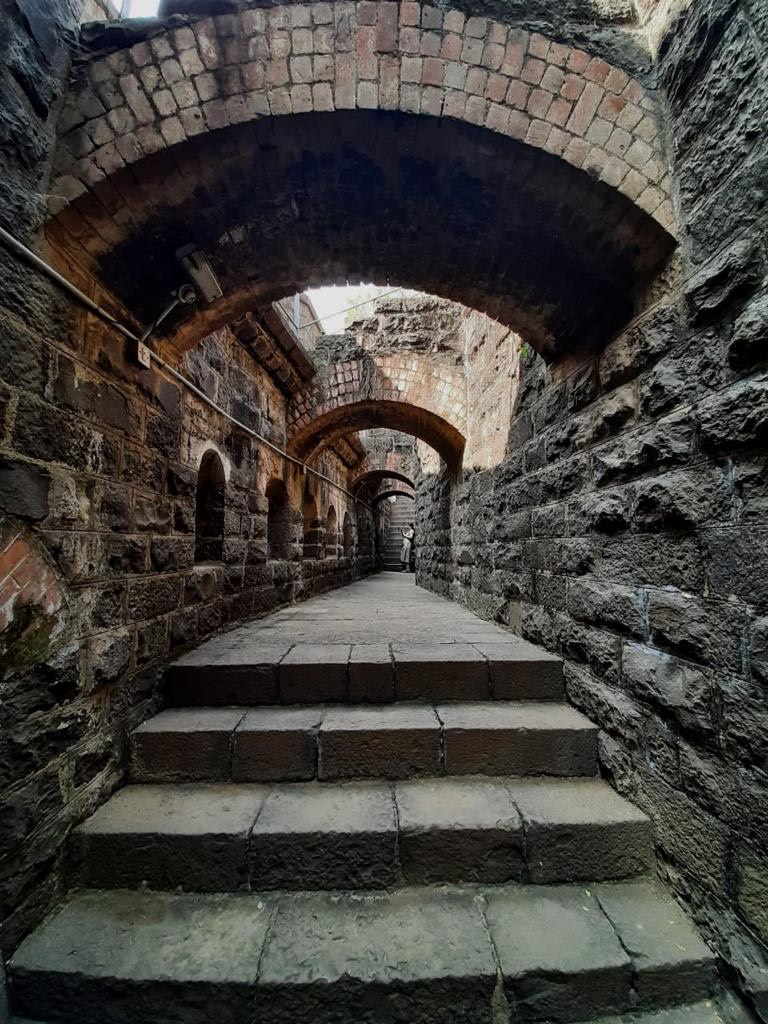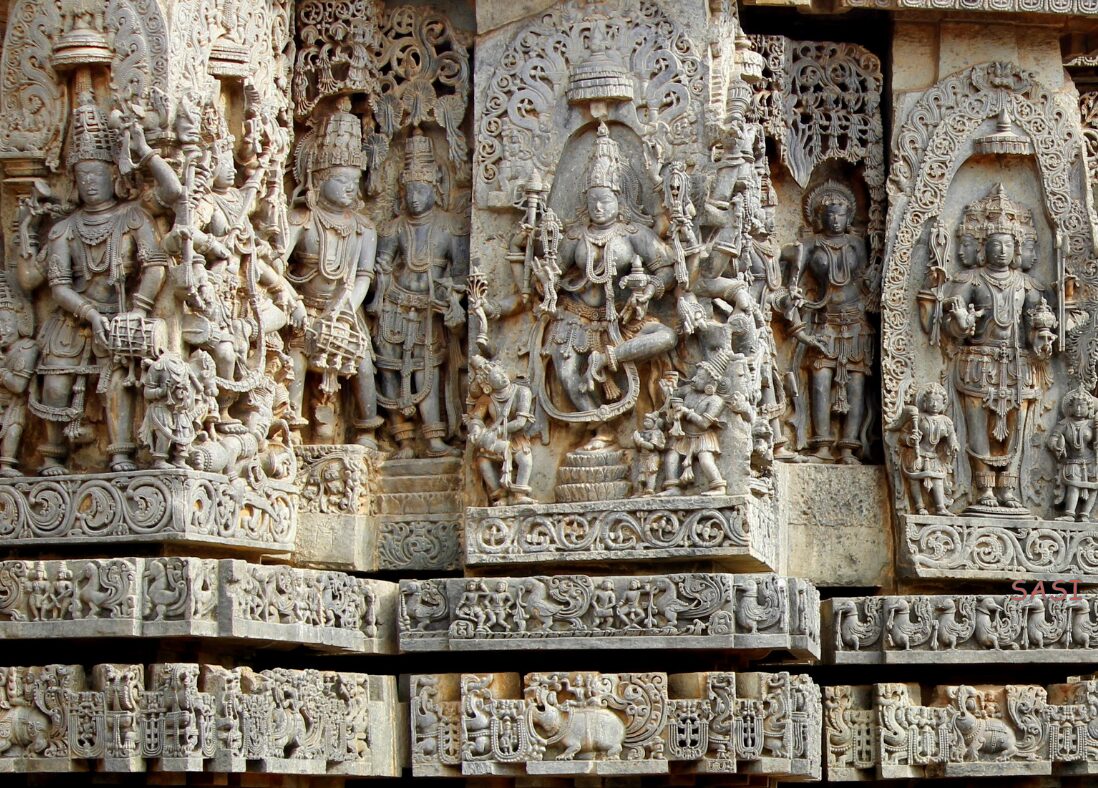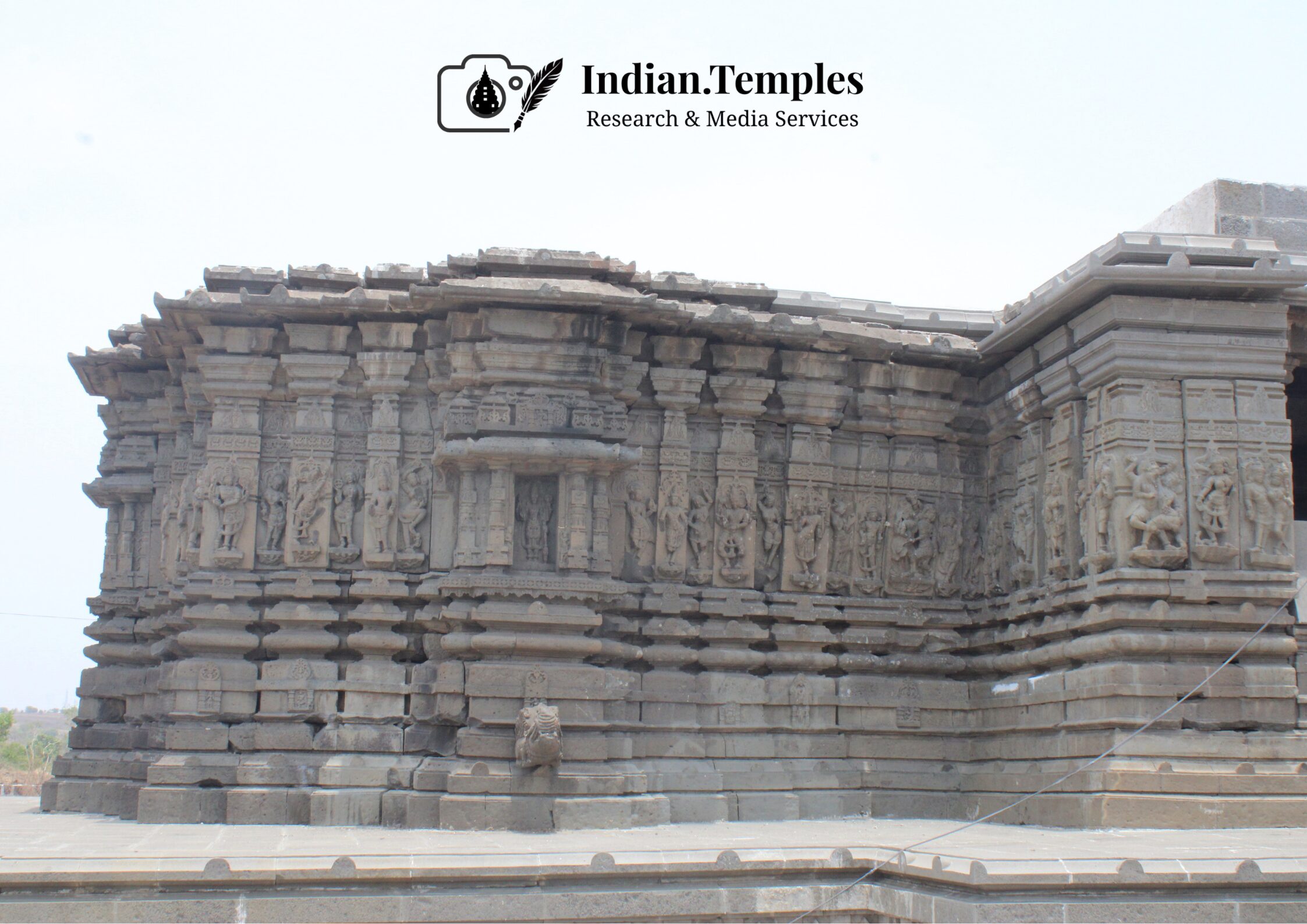Nagpur, the city commonly known as “orange city”, is the winter capital of Maharashtra. It derives unique importance from being an important location for the Dalit Buddhist movement and also the headquarters of RSS. The city also has a vast heritage and important past, which remains widely unknown and ignored. Ankita Deshkar has made efforts to bring this lesser known in limelight.
The region round Nagpur was flourishing in the early centuries of the Christian era, but the name of Nagpur was noticed for the first time in a record of the tenth century A.D. A copper-plate inscription of the Rastrakuta king Krsna III dated in the year 862 (A.D. 940), discovered at Devali in the Wardha district, records the grant of a village situated in the Visaya (district) of Nagpura-Nandivardhana.
Nandivardhana, which was well-known as an ancient capital of the Vakatakas, is now represented by the village Nandardhan, about three miles from Ramtek. Nagpur, which was situated near it, may have marked the original site of the modern town of that name. Tradition, however, gives the credit for settling the town of Nagpur to the Gond king Bakht Bulanda of Devagad. He is said to have included in the new town twelve hamlets, laid streets and erected a wall for its protection. It is not unlikely that Bakht Bulanda chose to call the new town by the name of Nagpur since it was associated with the place from ancient times.
There are now numerous heritage sites across the city, that remain neglected, but yet narrate the rich history and culture of the city. This article brings into limelight some heritage sites of the city, that narrate their past with their dilapidated ruins.
Zero Mile Stone

This Zero Mile stone is invaluable to Nagpur’s history. The Zero Mile was built by the British during the Great Trigonometrical Survey of India in 1907. Nagpur’s historical landmark was indeed the geographical centre of the undivided India, which Nagpurkars tend to forget. The Great Trigonometric Survey of India, a cartographic or mapping exercise was done during the British Raj. To measure the distances of all the major cities of the Indian Subcontinent, the surveying company chose Nagpur as a starting point for the survey as it was located in the heart of the subcontinent. A standard benchmark stone was fixed from which the survey started. The GTS Standard Bench Mark stone, the top of which is 1020.171 feet above mean sea level has the date 1907 mentioned on it. A Zero Mile pillar was built next to the bench mark. The monument is a sandstone pillar with a hexagonal base on which distance (in miles) of various cities in that direction are mentioned. The monument has 4 stucco horses next to it. To measure the distance, the surveyors on 150 horses were sent in all four directions. They calculated the distance by counting the horse steps and travel time.
Rukmini temple complex

Rukmini Temple Complex or Rukmini Mandir in the heart of old city. This temple was built by Raghuji Bhonsle the third, as a symbol of his love for Rakhmabai aka Rukmini in Raghuji Bhonsle the third’s natakshala. The temple was once a part of Bhonsle palace. The sabha mandap of the temple still exists. The temple is divided in two parts, one consists of Shiva temple, other consists of Lakshmi Narayan temple. It is believed that white marble was brought in Nagpur for the first time, for construction of this temple. Shiva temple is known as ‘Raghurajeshwar’, in the name of king Raghuji Bhonsle the third. It was considered as a symbol of love for the woman he loved. A book by Dr BR Andhare states that there was a woman named Rakhmabai aka Rukmini in Raghuji Bhonsle the thirds’ Natakshala, the temple was built by Raghuji for her. Hence, the temple came to be known as Rukmini temple in her memory. She passed away on December 1, 1859. This temple was once a part of was once a part of Bhonsle palace. The sabha mandap of this temple still exists. But if neglected this temple too would crumble and become a part of history.
Senior Bhosala Palace

Burnt to ashes almost thrice, Senior Bhosala Palace is home to the descents of erstwhile kingdom of Nagpur. The present building was constructed during the reign of Janoji Maharaj II, much later after 1864 when the majestic palace was burnt to ashes. So much was the impact that the then British government had to set up a ‘Safai committee’ to clean the ground. It is said that its mere ashes were sold for Rs25,000.The old Bhosala palace as described by Sir Richard Temple, “Thus unlikely perished one of the finest chambers in India and the most iconic structure ever raised by Maharatta Hands.”The original palace was built by RaghujiBhonsle I in the year 1730. The palace area was spread across the core region of the area, we today know as Mahal. Originally, the palace had 7 gates, of which only three survived the test of time. Raje informed that the palace was burned down by the British government thrice, once in 1817 after the battle of Sitabuldi, later in 1842 and then in 1864. The current palace would have been the then temple area, since it is said that only the temple of the palace survived with minimum damages. RajeJaisinghBhonsle informed that currently the palace is spread out in 5 acres, where the construction is done on 2 acres and the rest is open space. The palace has over 50 rooms. The heritage site belongs to the royal family.
A unique temple, Shri Benigiri Shiv Mandir

Gosavis or Gossains played an important role in the Maratha History and similar to other parts of the empire, Nagpur too had a considerable population of Gosavis. Some of these Gosavis rose to prominence and lended money to people. Hansapuri Gosavi and Benagari were two from Nagpur. Benigiri or Benagiri complex houses the cenotaphs of these people although there are no historical records mentioning more details. There are over 15 shivlings of various shapes and sizes in this small premises. The temple is shockingly beautifully maintained by the community. There are over eight Shiva temples in the premises. The temple has been renovated a little, but gives the old city vibes. Once inside, this white marvel, one would have the urge to sit and wonder about its rich heritage.
Venugopal temple, narrating story of a 1790s garden:

Tulshibag located just outside the then city of Nagpur or Mahal as we know it today was amongst the most favoured retreats of the rulers of Nagpur. Venugopal Mandir is what remains today, narrating the story of a garden developed in the 1790s and the history of this city. The structure of this temple is unique and shows a Maratha adaptation of Bhumija style unlike a North Indian Nagara usually seen in Bhonsla temples. This temple was the part of a garden spread from present day CP and Berar College till Nagnadi. City’s fortification, a charbagh garden followed by the temple and a ghaat would’ve made the most beautiful frame of this area two centuries ago. The intricate carvings on this temple are a delight. The idols are also one of the most beautiful, standing to bless an empty space.
First European to have his grave in Nagpur: George Foster

One of the few contemporary English accounts that narrate the tale of Nagpur and its past is credited to George Foster. Foster arrived in Nagpur as the ambassador of East India Company. His journal gives numerous details about how the walled city looked to a foreign eye. On his death, Foster was buried on the banks of Nag River but years later his remains along with the Black Basalt tombstone were shifted to Tiger Gap Cemetery. This tombstone is one of its kind as the inscriptions are in ‘Modi’ which is usually considered difficult to inscribe, Farsi and English. According to Atharva, immediate attention is necessary for this very special monument that can collapse anytime with trees growing from it.
Sitabuldi Fort

Located towards the west of the earlier fortified city or Mahal, these two ancient black-basalt hillocks were strategically important being the highest point in Nagpur. During the 18th century Bhonsle rule, we find mentions of Bardi and its hillocks, like a marriage procession commencing from Bardi to Bhonsle Haweli or when Raghuji II arrested Yashwantrao Holkar, he was kept at Bardi hills. There was no fortification atop Bardin hills but a small structure called, ‘Banache Khaprel’ a factory of rockets used by the Bhonsles of Nagpur. Rockets powered by gun powder were used by Maratha Army. After the battle of Sitabuldi in 1817 which the Bhonsles lost and the British won, this area came under the latter’s control and thus began the construction of Sitabuldi fort in the city. This fort was entirely constructed in the colonial era.

The Writer is a freelance journalist, media educator and a fact checker by profession. She is also a Bharatanatyam dancer, pursuing PhD on the topic, ‘An analysis of non-verbal communication in Indian classical dance forms’. She hails from Nagpur, which was a strategically important city in the history and also the center of pre-independent India.







